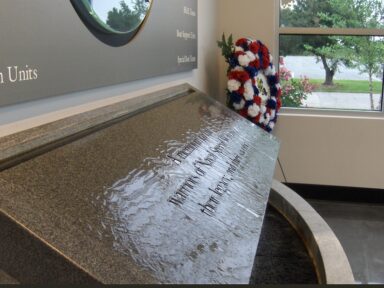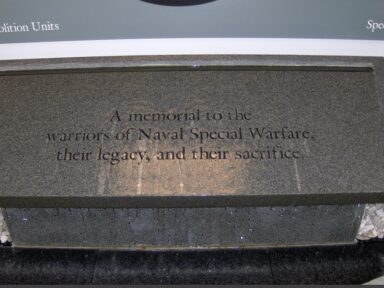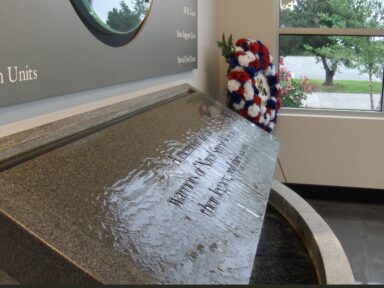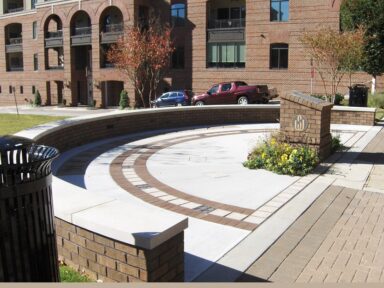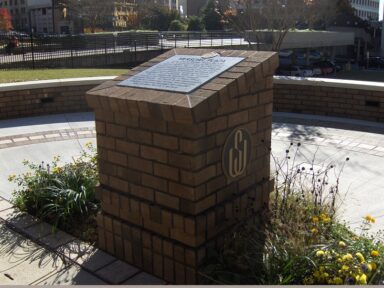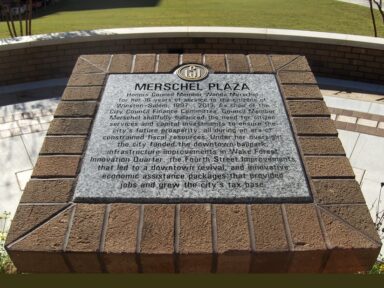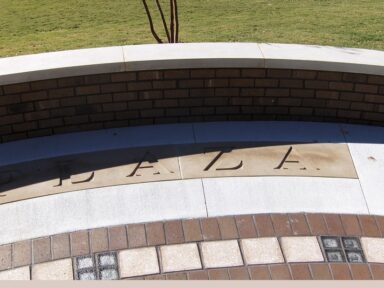Public and civic memorials play a crucial role in shaping collective memory, fostering a sense of unity, and preserving the shared history of a community or nation. These monuments serve as tangible expressions of remembrance, honoring individuals, events, or ideals that have left an indelible mark on society. Their importance extends beyond commemorating the past; they act as educational tools, connecting present and future generations to the lessons and values embedded in the historical narrative.
Public memorials create spaces for reflection, providing a physical and emotional anchor for individuals to contemplate the sacrifices, achievements, and struggles of those memorialized. Whether dedicated to veterans, civil rights leaders, or pivotal historical moments, these monuments become touchstones for shared identity, fostering a collective understanding of the community’s values and aspirations.
Moreover, civic memorials contribute to the sense of place and cultural identity within a city or region. They become landmarks, inviting residents and visitors alike to engage with the local history and heritage. By commemorating diverse aspects of a community’s past, these memorials celebrate its resilience, progress, and cultural diversity.
Public memorials also serve as platforms for dialogue and reconciliation, prompting conversations about historical injustices and the pursuit of a more equitable future. They challenge societies to confront uncomfortable truths and acknowledge the complexities of their history, fostering a deeper understanding of the forces that have shaped the present.
In times of national or community-wide reflection, public memorials become focal points for gatherings, ceremonies, and commemorations. They offer spaces for collective mourning, celebration, and the reaffirmation of shared values. The act of visiting a public memorial becomes a ritual that connects individuals across time, reinforcing a sense of continuity and shared responsibility for the preservation of cultural heritage.
Ultimately, public and civic memorials are integral components of the social fabric, serving as guardians of collective memory, catalysts for civic engagement, and symbols that bind communities together through a shared narrative of the past



